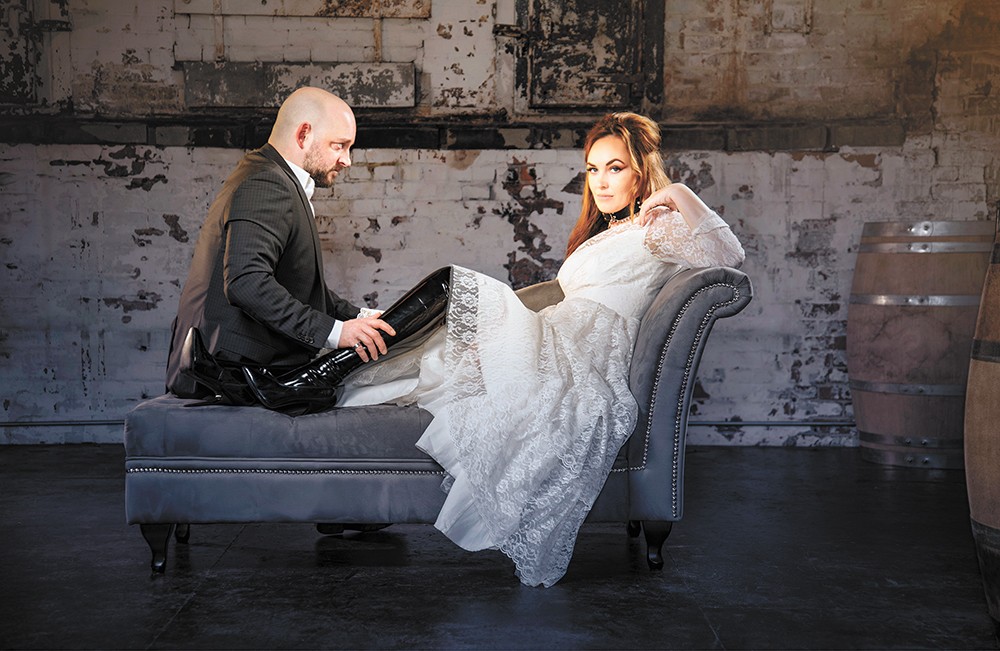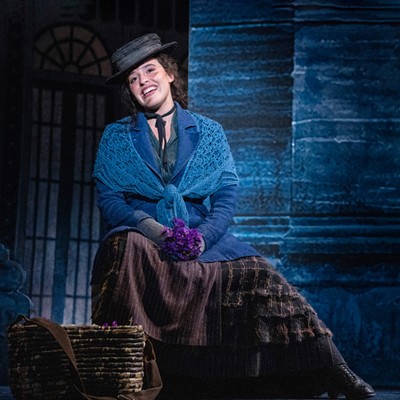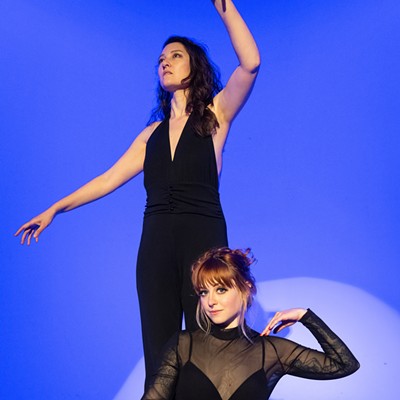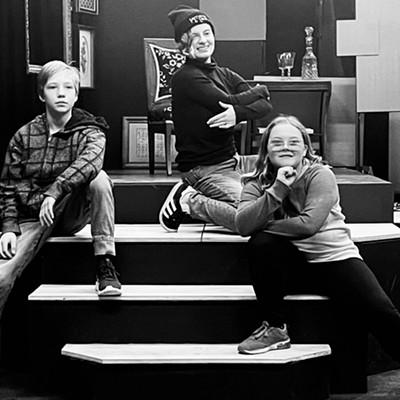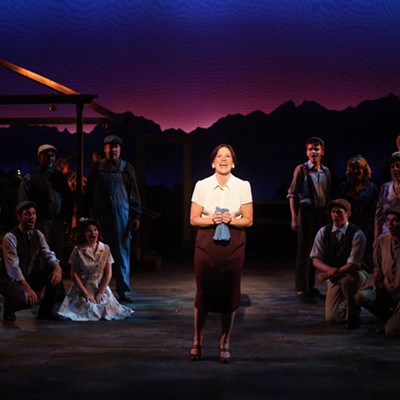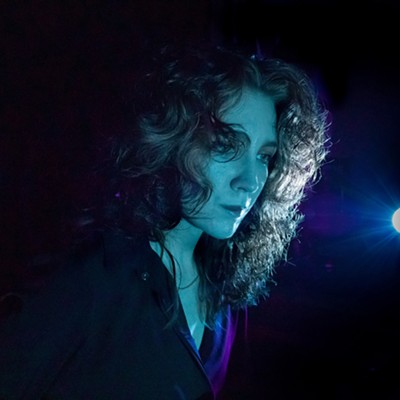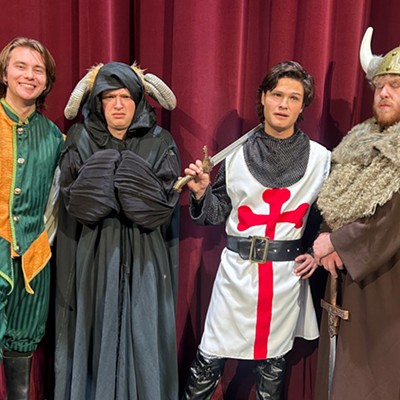In 1870, the Austrian nobleman Leopold von Sacher-Masoch published a novella that fictionalized some of the kinkier domination fetishes he'd recently lived out with his mistress. Titled Venus in Furs, Sacher-Masoch's book soon caught the eye of a contemporary psychiatrist, who would coin the term masochism to describe the derivation of pleasure from receiving humiliation or pain.
That wasn't the only lasting impression Venus in Furs left on culture. Close to a century-and-a-half after it appeared, playwright David Ives drew heavily on its themes and characters to write Venus in Fur (note the singular), his two-person dramatic exploration of the power dynamics between the sexes.
In Ives' play, a cerebral, arrogant writer-director named Thomas is in the process of casting for his own play, which happens to be a stage adaptation of Sacher-Masoch's novella. Thomas is disappointed with the caliber of actresses who've auditioned for the lead role of Wanda von Dunayev so far. And initially, he's equally disappointed with Vanda Jordan, the scattered actress who bursts in at the last minute to try out for the part.
Things start to change as they read, though, and the control that Wanda exerts over Severin von Kushemski in the play-within-the-play begins to alter Vanda's relationship with Thomas. In the diegetic world of the show, it's life imitating art.
But life has been known to imitate art in the real world, too. Josephine Keefe, who's directing a new production of Ives' play at Stage Left, says that auditions for Venus in Fur wound up having eerie similarities to its plot.
"I don't know if it's a 'men are from Mars, women are from Venus' kind of thing, but all of the men basically showed up on Sunday and all of the women showed up on Monday," she laughs. "It added to some interesting dynamics. I ended up just calling back a bunch of people for callbacks and just listening to everyone read from there."
Along with puzzling over the lopsided turnouts, Keefe grew worried that she wasn't going to find a pair of actors who could pull off the dual-character roles while capturing the artfully evolving relationship between Thomas and Vanda.
"It's a play that is so incredibly dependent upon chemistry that I felt that had to be present in the audition. It had to be really the selling point for me, to be able to pair up two actors that could have some fire between them. And because of our short rehearsal process and turnaround for the show and the amount of lines that the actors have to do individually on their own time, I really felt I needed to see that chemistry right away."
Then Emily Jones stumbled in at the very last minute.
"She surprised me by coming into the callbacks very much like Vanda Jordan at the top of this show. She just came flying into the room, carrying her three or four bags, putting her headshot down on the table and asking, 'Is it too late for me to audition?'"
Having just read for the part of Thomas, Danny Anderson was on his way out the door.
"I said, 'Danny, can you just read with Emily really quick before you leave?' And it was electrifying. It was so exciting to see two people that I hadn't initially envisioned for either role find those roles so seamlessly by just working together and bouncing the humor off each other."
Jones, like Keefe, is under no illusions that it's an easy role. She has to move quickly and seamlessly between Vanda the actress and Wanda the character, and much of the momentum of Venus in Fur relies on her being able to summon this "whole other person and persona" in a way that's natural.
"It's been a really big challenge because the physicality has to be so different and the vocality of the character has to be so different. I go back and forth throughout the whole show, and there has to be a real clear line between when it's tomboy Vanda 'bro-ing out'" with Thomas in a "high-energy, joking relationship," she says, "and when we go back into the character of Wanda von Dunayev," who's commanding and mysterious.
That makes Vanda "one of the most complicated female roles that I've ever seen," Jones says. "It really gives me, as an actress, the opportunity to inhabit a lot of different aspects of a female personality."
Those intricacies — which, crucially, Thomas disregards at first — might even serve as a metaphor for Venus in Fur as a whole.
"A lot of people make assumptions about this play based on the title or what they heard about it or what they know about the book that this play is based on. This is not what you think it might be. It's not just whips and boots. There's a lot of complexity here and a lot of fun things to examine. It's a really clever, very witty piece of theater." ♦
Venus in Fur • Through Dec. 8 (no performance on Nov. 28); Thu-Sat at 7:30 pm, Sun at 2 pm • $25 • Stage Left Theater • 108 W. Third • spokanestageleft.org • 838-9727

